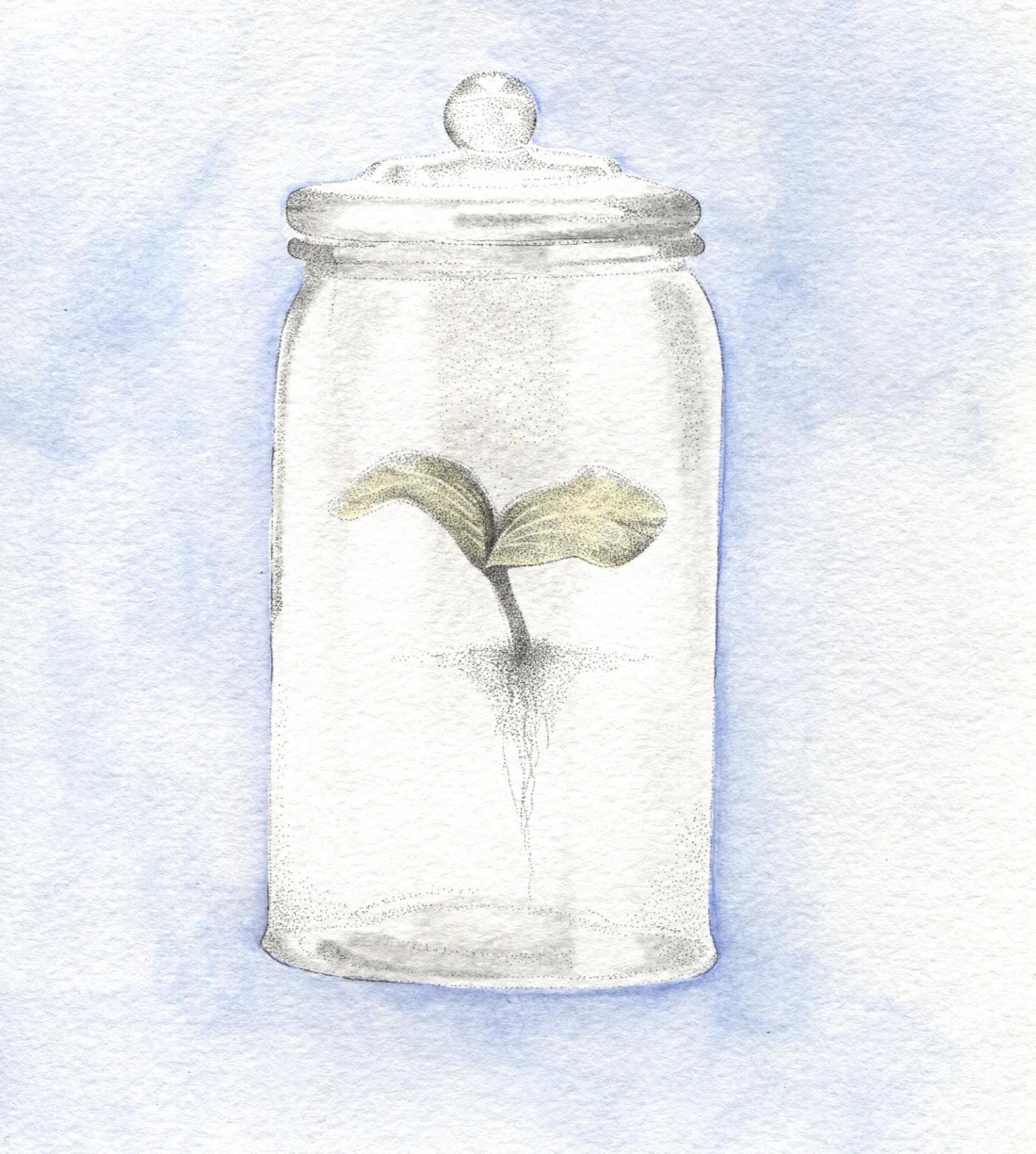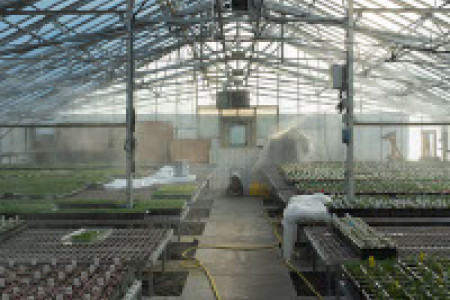Planning for produce
It’s time to start summer gardens

Keep in mind that a productive garden is manageable, space friendly, and considerate of plant needs, Valerie Denesiuk (member of East Kildonan Garden Club) and Natalie Dyck (of Urban Eatin’) say.
Both women advocate for the therapeutic and health benefits of gardening.
“It’ll add a lot of nutrition to your meals, and then you can buy high quality basic things,” Dyck says. “It’s definitely good, low-impact exercise.”
Denesiuk says the first step is deciding between GMO or organic plants.
Organic plants, according to organic. org, are those grown without pesticides, synthetic fertilizers, sewage sludge or GMOs.
If you prefer organic, Denesiuk says check the package if using seed. It can be harder to tell buying pre-grown plants, so Denesiuk recommends Sage Garden, which sells organic and researches the supplier.
Once you know what you’re going to plant, she says you need to plan the space.
Find out realistically, what you can grow and map out shaded areas, and it also helps to determine what’s in your soil.
“In urban spaces, you don’t necessarily want to grow all your food in the ground because you don’t know what’s in there,” Dyck says. “If people have had railroad ties in their ground, you’re not going to necessarily want to eat food that’s been grown in that.”
Denesiuk has tips for balcony growing.
“I have the five-storey rule. Above five stories, look out! I have seen containers whipped off of balconies. If you’re going to be up high, you want to make sure that you have things tied down.”
She recommends using soil-less mix to keep the weight down, keeping pots away from the edge, and lining pots to avoid water seeping down onto neighbours. It might be smart to get a squishy hose that you can run from your sink.
With the space planned, you can choose your plants.
“Start small, with things exciting to you that you like to eat,” Dyck says.
If you’re a beginner, Dyck and Denesiuk hail beans, lettuce and herbs as the easiest.
Beyond that, Dyck advises you’re going to want to pick plants that require similar conditions and care.
Denesiuk’s pro tip: Marigolds, garlic and onion are good to inter-plant as they are a natural aphid and pest repellant.
If you take the seed route, the instruction for seeding revolves around the last chance of frost date, which in Winnipeg is May 25, according to The Old Farmer’s Almanac. This means some plants will need to be started indoors weeks earlier.
Before you can actually start planting, you need to find containers.
Denesiuk recommends looking at garage sales for planters. She says you can get creative, even using PVC pipe by splitting it down one side, drilling a few holes on the underside and hanging it from each end.
If you’re new to gardening, get involved with a green-thumbed community or gardening club.
A good start, Seedy Saturdays starts Feb. 13, and runs from 10 a.m. to 3 p.m. at the Canadian Mennonite University’s north campus.
Published in Volume 70, Number 19 of The Uniter (February 11, 2016)





